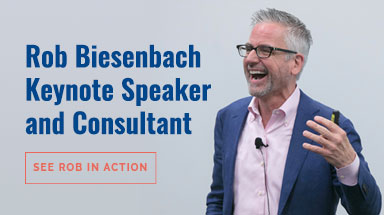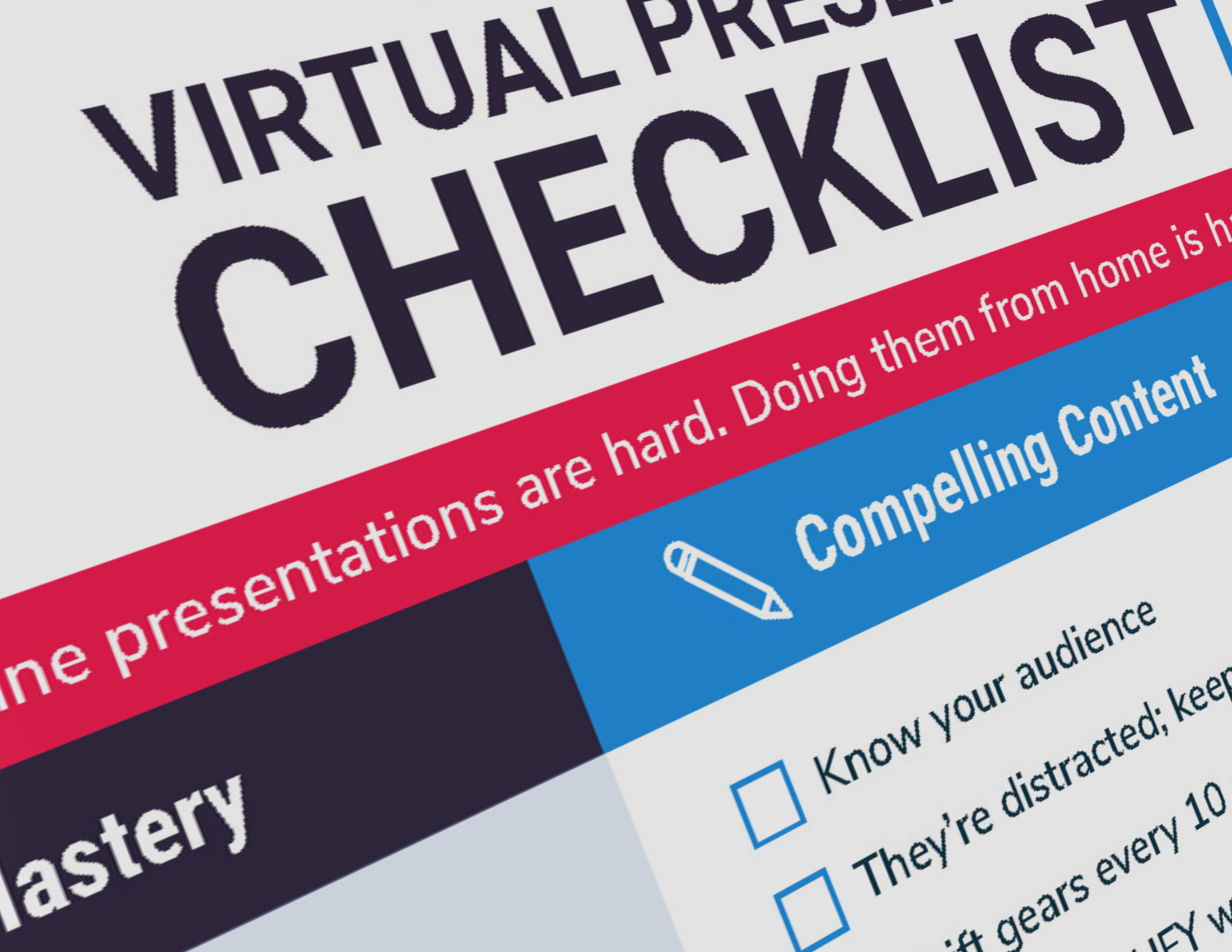 Here is one common phrase that you’ll never hear me utter at the start of a presentation: “Thank you for that kind introduction.”
Here is one common phrase that you’ll never hear me utter at the start of a presentation: “Thank you for that kind introduction.”
Why? Because it would be vain. After all, I’m the one who wrote that kind introduction! And that’s what every speaker should do.
Even if you’re simply an occasional conference presenter, learning how to write your own introduction for others to deliver is an important part of the process.
Why Write Your Own Introduction?
Your presentation begins before you say a word. In fact, it begins before you enter the room. The fact is, your audience is forming impressions about you and making decisions about whether to attend, and what level of attention to give you if they do, based on a host of factors, including:
- The invitation they receive;
- The description of the session;
- Your printed bio (if there’s a formal program or app);
- Information they may glean about you or your topic online;
- Even your appearance in those moments before you begin.
With all these variables, it’s important to control what you can control, and that includes the way you are introduced. The introduction sets the stage and tone for your talk. It offers context and background, tees up your content and gives the audience a glimpse of your credentials.
In a nutshell, the intro answers the questions, “Why should people care about, stick around for, and really listen to what you have to say?”
The problem is most people are not very good at crafting (let alone delivering) these intros. So leaving it up to them is a risky strategy. Besides, who knows you and your content better than you?
What an Intro Should NOT Do
Before we talk about what should go into a good introduction, let’s quickly cover what it should not be:
- The intro should not be a laundry list of your qualifications. That’s boring.
- It should not give away too much of your speech. Which is another reason you should write it yourself — no surprises.
- It should not be all about the introducer. Some people get carried away when the spotlight is on them, so a script helps rein them in.
How to Craft the Perfect Introduction
Here are 10 steps for putting together a winning intro for yourself.
1. Be Concise
First and foremost, keep it short. My rule of thumb is that the intro should be shorter than the speech itself. But seriously, keep it under a minute. (That’s about 125 words.)
2. Write it to Be Read Aloud
When left to their own devices, introducers will often just read the bio that’s in the program or on your LinkedIn profile. But there’s a big difference between the written and spoken word.
So you’re going to want shorter sentences, a more conversational tone, and a lot less clutter (the small details that readers tend to skim over). When writing your intro you should actually read it aloud yourself so you can catch these issues.
3. Open With the Problem or Need
This may be the most important point. The beginning should address the “why” for your speech. Too often, introductions start by talking about the speaker. Instead the focus should be on the audience and their needs.
For example: “Studies show that nearly half of Americans spend at least some of their time working remotely. This presents special challenges for managers and employees alike.”
4. Point to the Solution
Next, you should transition to the premise of the talk: “Our speaker today is here to help us avoid the pitfalls associated with the virtual workplace and give us a roadmap for success.”
5. BRIEFLY List Qualifications
This may be the hardest part. It’s difficult for most of us to be objective about ourselves and narrow down our experiences and accomplishments into just a few. But keep in mind there are other sources for this information, like your program bio and online and social media profiles.
And, in fact, the best way to reveal aspects of your bio is to bring them up organically during the speech itself, as in, “I was working with a CEO who said … ,” “In my second book I addressed this question … ,” “One of my longtime customers, GE, faced a problem with …”
So do your best to focus on just a few qualifications in the intro. You can’t go wrong with the classic “rule of threes.” If you can fit them into a single sentence, even better: “She’s an award-winning consultant, a sought-after speaker and a bestselling author.”
Whenever possible, use social proof (awards, accolades, endorsements) to lend weight to your credentials.
6. Add a Fun Twist
This is the point where the audience is thinking, “Enough, already, get on with it!” So it’s a good idea to throw in something fun or unique about your background: “She’s a three-time rodeo champion” or “In her spare time she raises rare orchids.”
7. Close With a Welcome
Finally, you want to give the introducer and audience a natural applause line to bring some energy to the room: “Please join me in welcoming Sarah Johnson.”
8. Confer With Your Introducer
It’s also important to go over things with the person introducing you. Let them know that you plan to give them a script. Encourage them to personalize it if they wish — sometimes the best part of these intros is where the introducer puts their own personal stamp on it. They might have a better take on why they invited you to speak, for instance.
But be careful. I always inform the introducer that they should feel free to tailor the script as they wish but to please let me know if they make any substantive changes. I’ve been unpleasantly surprised by introductions that contain spoilers for major points I planned to make in the speech.
Of course, all this should be done weeks in advance of the event so they have a chance to prepare. Don’t just show up with a script they’re not expecting!
9. Include a Pronunciation Key if Necessary
With a name like “Biesenbach” I always include a phonetic pronunciation, and I go over it with the introducer just before the speech: “Is the pronunciation clear? Any questions?” That way they get a chance to test it before going in front of the audience.
10. Make it Easily Readable
Don’t just send your intro in the body of an email. Make it easy on them. Put the intro in a Word doc in large type with comfortable line spacing. I use 16-point type that’s one-and-a-half spaced. If the intro goes over a single page in this format, I know I’ve got some cutting to do.
The Final Step: Hope and Pray!
Once you’ve done all this, it’s out of your hands. It’s up the person who introduces you to practice the intro and do their best to internalize it so their head isn’t buried in the page and they’re not stumbling over the words.
It’s always quite clear when the introducer is reading the intro for the first time when they’re up in front of the audience. If that happens to you, don’t let it throw you off! Think of it this way: the presentation can only get better from there!




